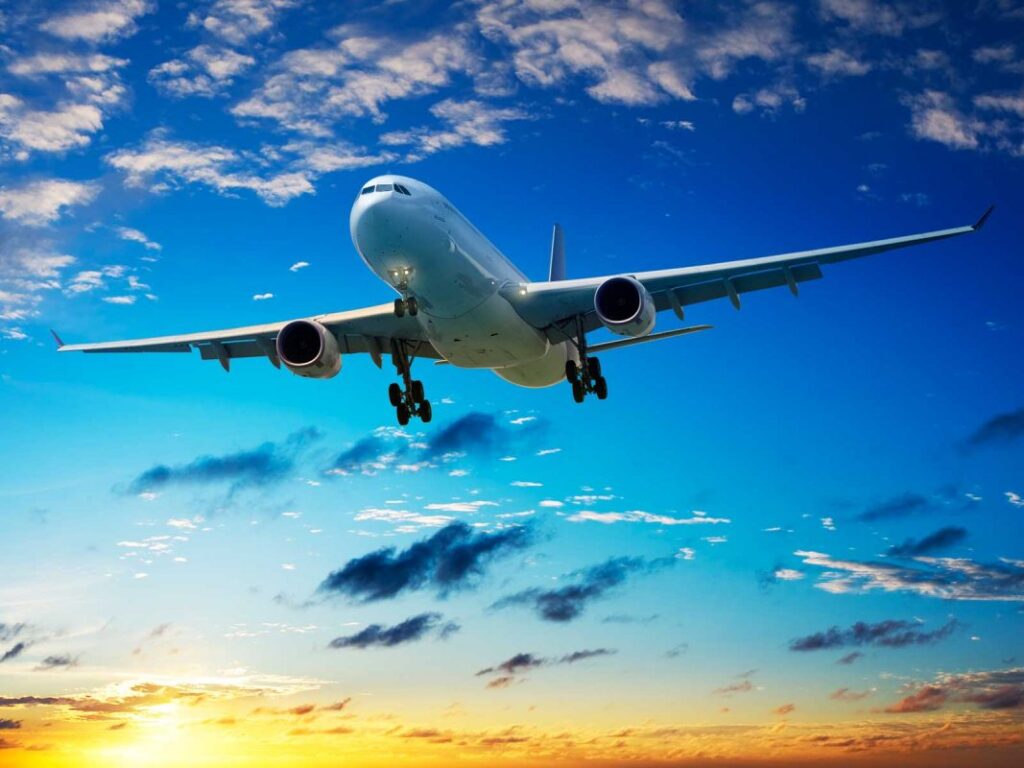
The debate about renewable aviation fuel has been around for some years, but it has become heated in the wake of concern about climate change. The COVID-19 pandemic adds fuel to the fiery discussion about whether we should cut back on air travel. The popularity of video telecommunication services triggered by social distancing shows possibilities for the reduction of, some if not all, business air travel as well as saving money for air tickets and hotels. In a nutshell, the conundrum of flying boils down to its economic and environmental impact.
Environmentally, aviation overall accounts for 2.5% of global carbon dioxide (CO2) emissions but its overall contribution to climate change is higher. Air travel not only emits CO2 from burning fuel, planes affect the concentration of other gases and pollutants in the atmosphere, such as emissions of water vapor, soot, sulfur aerosols, causing a decrease in methane and ozone. Scientists coin this non-CO2 impact as “radiative forcing.” And global aviation accounts for 3.5% of effective radiative forcing that impacts on warming and 1.9% of greenhouse gas emissions.
Not to mention that geospatial measurement of air pollution is controversial. Non-CO2 radiative forcing from aviation is overlooked in the Paris Agreement on climate change. When we talk about a country’s CO2 emissions from aviation, we are only looking into CO2 emissions from domestic flights. International aviation is not counted within any country’s emissions inventories or targets. So, technically speaking, when you take an international flight next time, you shall not feel disappointed for not doing more to reduce carbon footprint, because you will be flying in the air where there is no carbon law for the commons. Perhaps climate activist Greta Thunberg need to reframe her refusal to fly.
As much as we pay more attention to indoor air quality resulting from the pandemic, air pollution from aviation—both inside and outside the aircraft—is affecting human health as well. Nitrogen oxides (NOx) are a major source of air pollution and have been associated with asthma, respiratory disease, and cardiovascular disorders. At cruising altitude, airplanes emit a steady stream of nitrogen oxides into the atmosphere. According to a MIT research, the generation of these chemicals due to global aviation results in 16,000 premature deaths each year. Will there be creative space to redesign a plane for emission filter and recycling?
Electrification of everything from transportation to buildings and industry is an exciting transformation in this century. Energy efficiency is what we need to pursue and perfect individually, societally and globally. In my daydream of novel writing, airplanes should be powered by solar, geothermal sources and wind. Mankind would have figured out how to store renewable energy. Economically, electrification of everything will produce many new jobs. Major U.S. airlines have committed to goals in a United Nations agreement that aims for carbon-neutral growth after 2020. Indeed, 2020 was an awful year for global aviation industry. Pundits estimate the industry will not return to pre-covid performance until 2024. International Air Transport Association (IATA) data shows that worldwide air passenger traffic fell 64% until last August. Bankruptcies and massive job cuts for airlines will continue in 2021 unless governments increase aid. However, government’s intervention is comparable to a long-term investment in the industry. Sustainable aviation fuel and socially responsible business practices are key not only for contemporary but also for future generations.
As a growing number of people in developing countries will join the middle class, they will be able to afford electricity and electrical amenities, Internet of Things (IoT) and even air travel. Because of COVID-19, we cannot travel by air as often as we normally do. According to the Global Carbon Project, a locked-down pandemic-struck world cut its carbon dioxide emissions in 2020 by 7%, the biggest drop ever. The reduction of ground and air transportation in 2020 has contributed to part of the big drop of carbon emissions. But it won’t last long as soon as people return to air travel as frequently as before.
I can’t help thinking: Will the increase of air travel be more detrimental to the environment than the continuous use of carbon-based fossil energy sources? Will the change of travel behavior be more effective to climate mitigation than the swift from fossil fuel to renewable aviation fuel? After all, the rebound effect might take effect in which travelers might feel encouraged to fly more because they can do it with a cleaner conscience. In economics, the Jevons paradox can also explains this dilemma where chasing efficiency alone might have opposite effect on the total consumption. If economic benefit is the driving force to make the transition to renewable energy in aviation more actionable, the estimate that the market for renewable aviation fuel has is quite promising. It is expected to witness a combined annual growth rate of more than 56.05% from 2020 to 2025. The United Nations Sustainable Development Goals (SDGs) ties its SDG no. 7—Affordable and Clean Energy—to aviation as well. These are some examples of action on its website. The global aviation sector has a role to play in 15 of the 17 SDGs, some in small ways and others with much more significant influence.
Flying is the age-old dream of mankind. Thanks to the Wright Brothers, this once-unbelievable dream has become tangible and ordinary like taking a selfie on a smart phone. Nevertheless, facing the existential emergency of rising sea levels and extreme weather patterns, every air traveler including flight crew and airline employees is responsible to crack the code of the conundrum of flying—how can we reduce carbon footprint while satisfying our desire of flying and traveling? How can we make an inclusive and sustainable future for the pandemic-stricken aviation industry? Would you be willing to get aboard and brainstorm with these characters from The Hobbit?
